Meditative, artful, and transporting. In a way, the experience of seeing Asia in Bloom: The Orchid Show is much like ikebana, the traditional Japanese art of flower arranging. On display now through March 25, this new feature of the Chicago Botanic Garden’s Orchid Show invites you to pause and reflect on this historic art form.
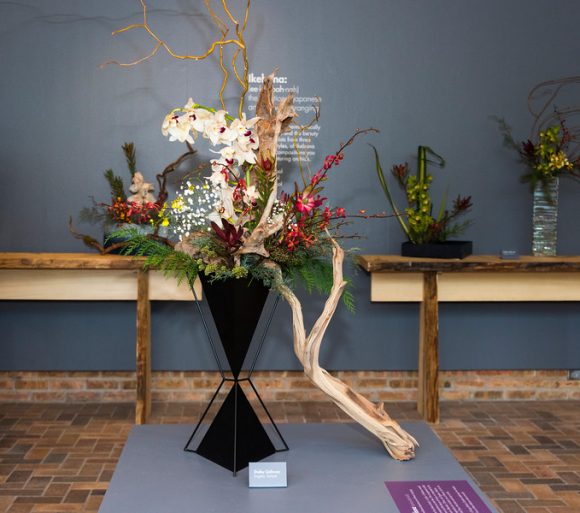
The practice of ikebana (ee-kay-bah-nah), also called kado (or, the “way of flowers”), dates back approximately 600 years. Originally, men and women arranged flowers as Buddhist offerings for altars at temples. Since then, ikebana has established itself as an art form beyond religious ritual, and is often seen displayed in people’s homes.
Though it is now a secular practice, ikebana carries deep philosophical meaning. When arranging flowers in the ikebana style, the arranger is invited to remain silent. The silence creates a meditative space for the artist to connect with and appreciate nature more closely. For ikebana floral designer and Garden volunteer Shelley Galloway, the connection between nature and person is key.
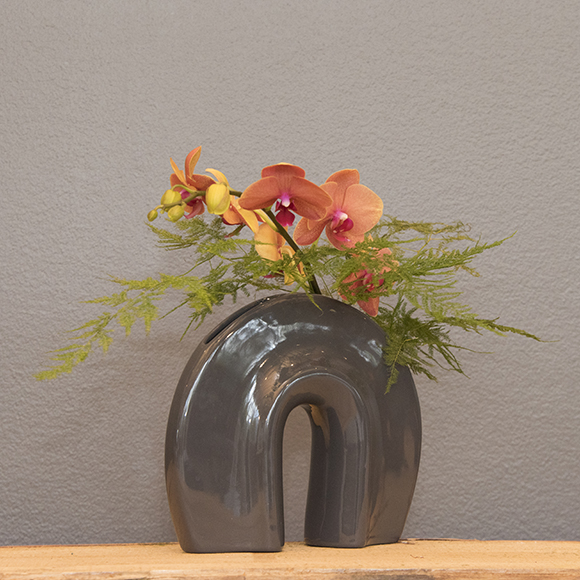
“Love of nature, the desire to convey the inner essence of the plant material, and the ability to give a personal interpretation reflecting the artist’s own view of the world are all important components of ikebana,” said Galloway.
Although ikebana designs can be created with all kinds of flowers, the designs on display at this year’s Orchid Show feature the main event: orchids.
“Unusual orchid varieties were most attractive to my eye for use in the ikebana arrangements,” said Galloway. “The Garden provided us with some very tiny colorful orchid plants whose arching stem structure gave me the shape I wanted to echo.”
The art of ikebana is more than simply putting pretty flowers in a vase. Ikebana is known for its distinct asymmetrical style and the use of empty space. Attention to harmony and balance is key, as in many other traditional Japanese art forms. Ikebana is also customarily taught by a teacher, who instructs you how to insert flowers into a base or container.
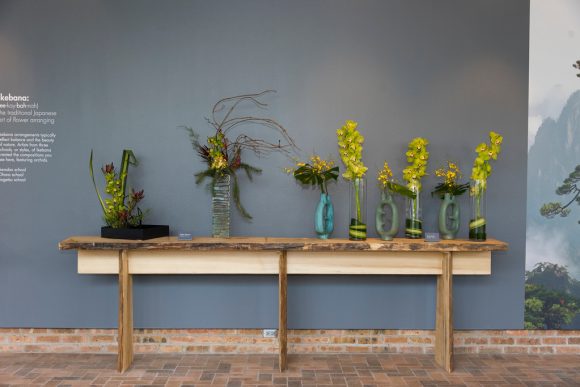
At the Orchid Show, artists from three schools, or styles, of ikebana created the compositions on display. The arrangements reflect balance and the beauty of nature, as interpreted by the schools of Ikenobo, Ohara, and Sogetsu.
- Ikenobo —The oldest school of ikebana, Ikenobo is based in Kyoto, Japan. It features classic and contemporary styles, and observes the belief that flowers reflect the passing of time.
- Ohara —The Ohara school of ikebana focuses on the natural world. It emphasizes seasonal changes, and invites its students to observe nature and the growth processes of plant materials.
- Sogetsu —The Sogetsu school considers ikebana a practice accessible to people of all cultures—not only Japanese. It aims to spread appreciation of the art form all over the world.
The Chicago Botanic Garden celebrates this timeless art form at three ikebana shows annually. The first show is happening now at the Orchid Show, through March 25. The Ikebana International Exhibition will be held June 23 to 24, 2018. The Ikenobo Ikebana Chicago Chapter Show will be held August 25 to 26, 2018. The Sogetsu School of Illinois Ikebana Sogetsu Exhibition will be held September 8 to 9, 2018.
See Asia in Bloom: The Orchid Show daily from 10 a.m. to 4 p.m.; join us for our final Orchids After Hours on March 15 and 22, from 4 to 8 p.m.
©2018 Chicago Botanic Garden and my.chicagobotanic.org


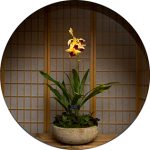
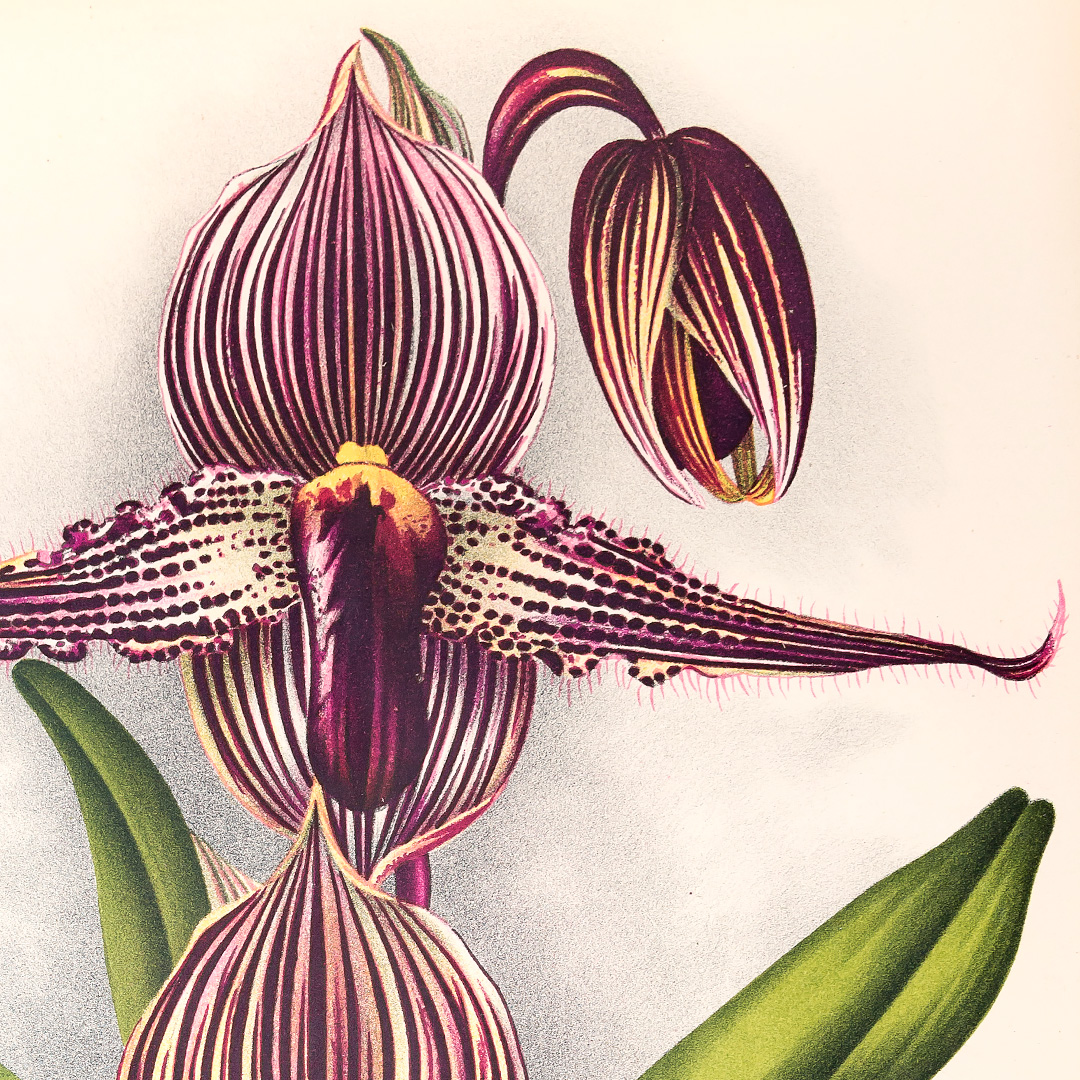
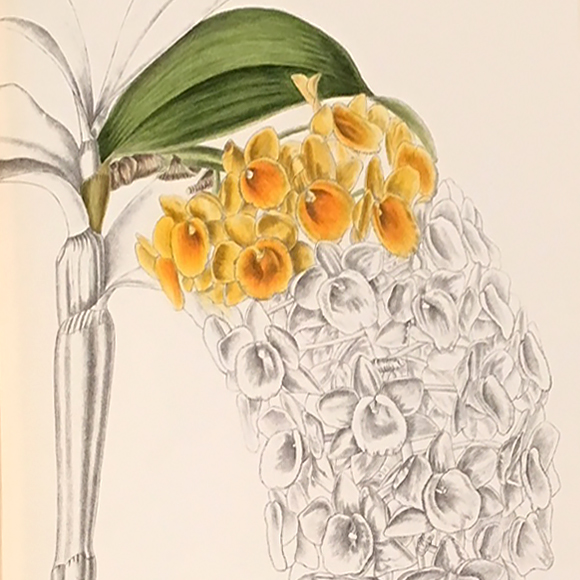
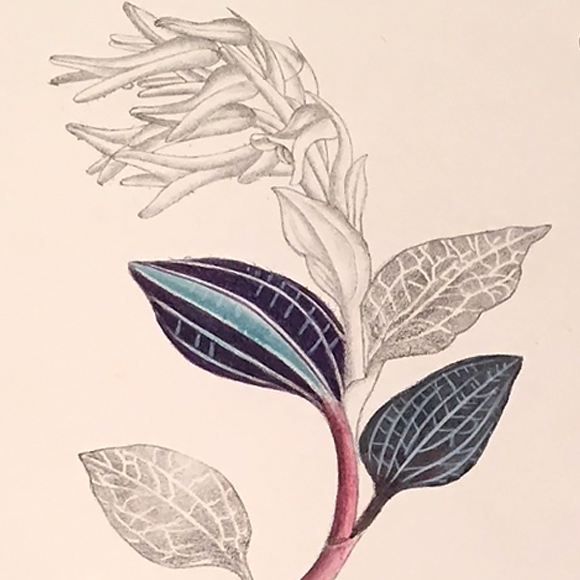
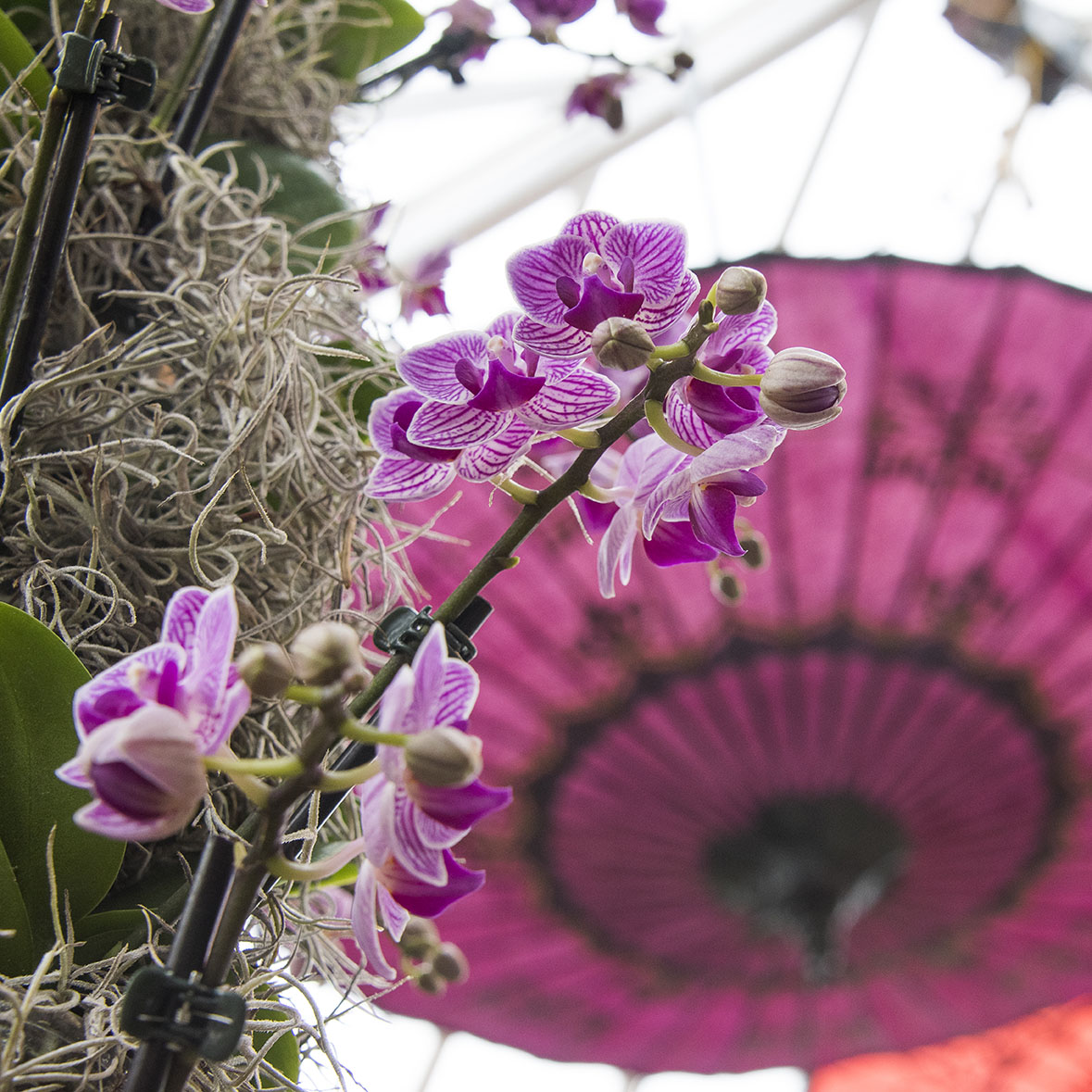




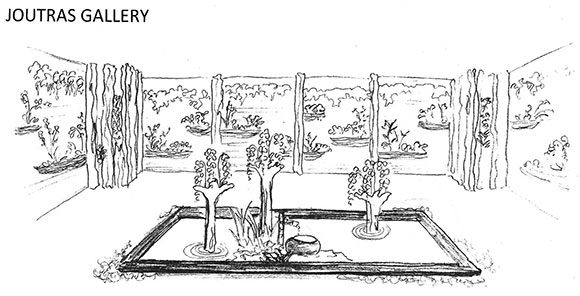
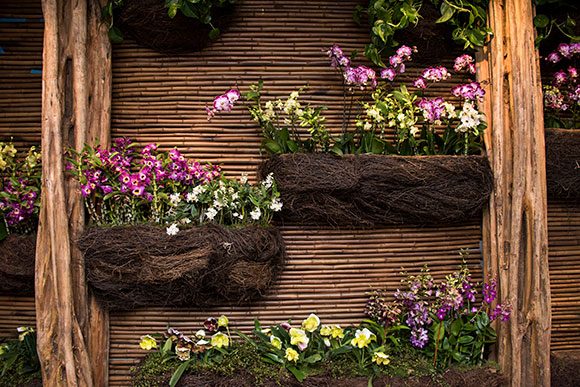
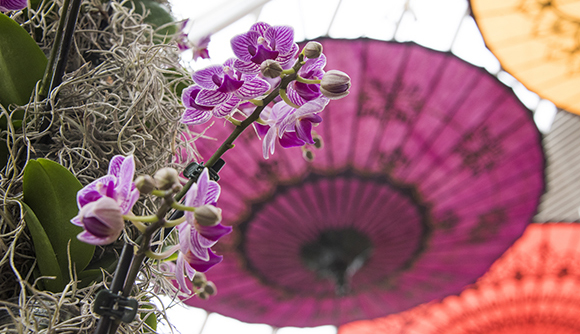
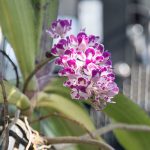
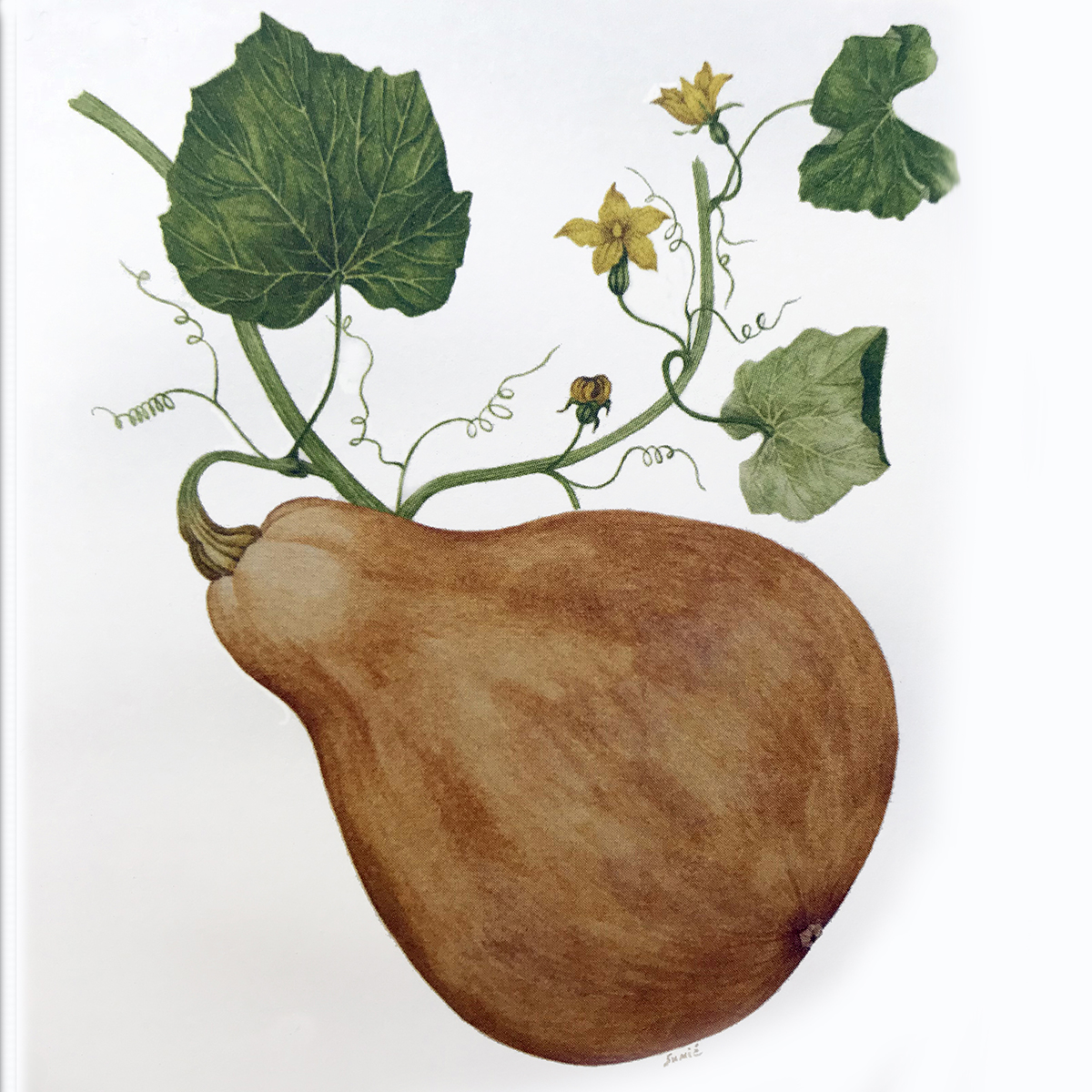
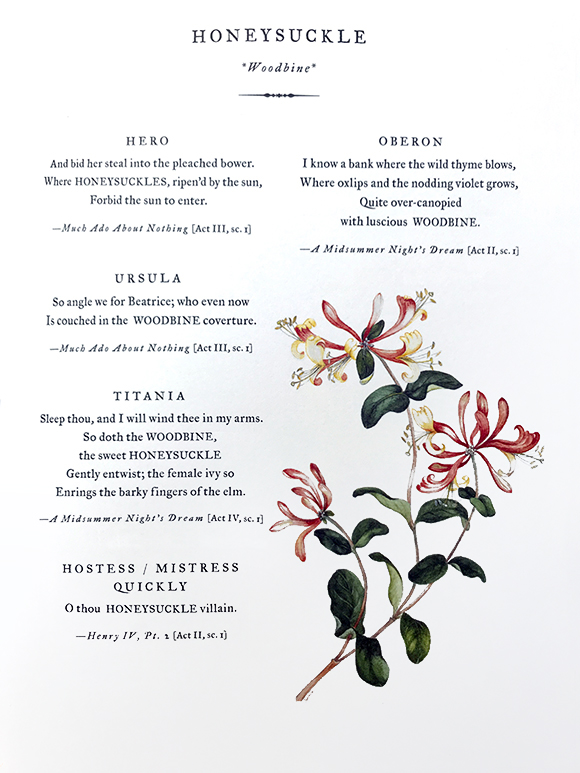
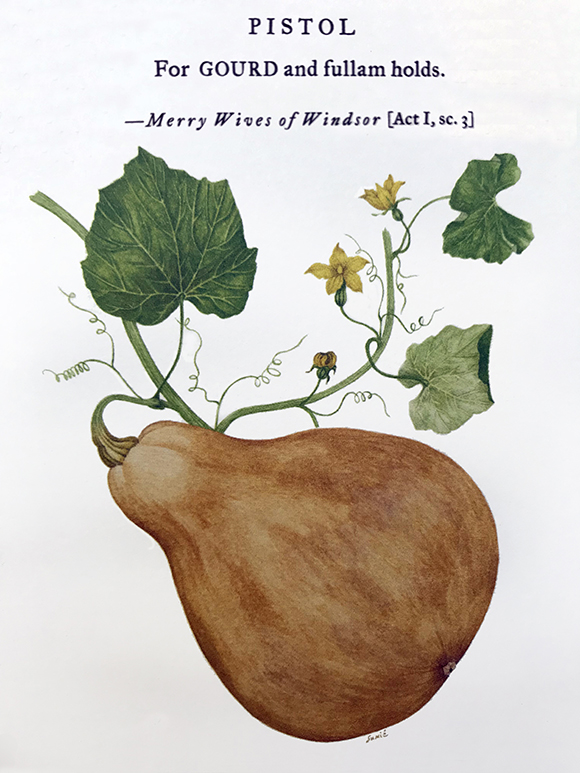

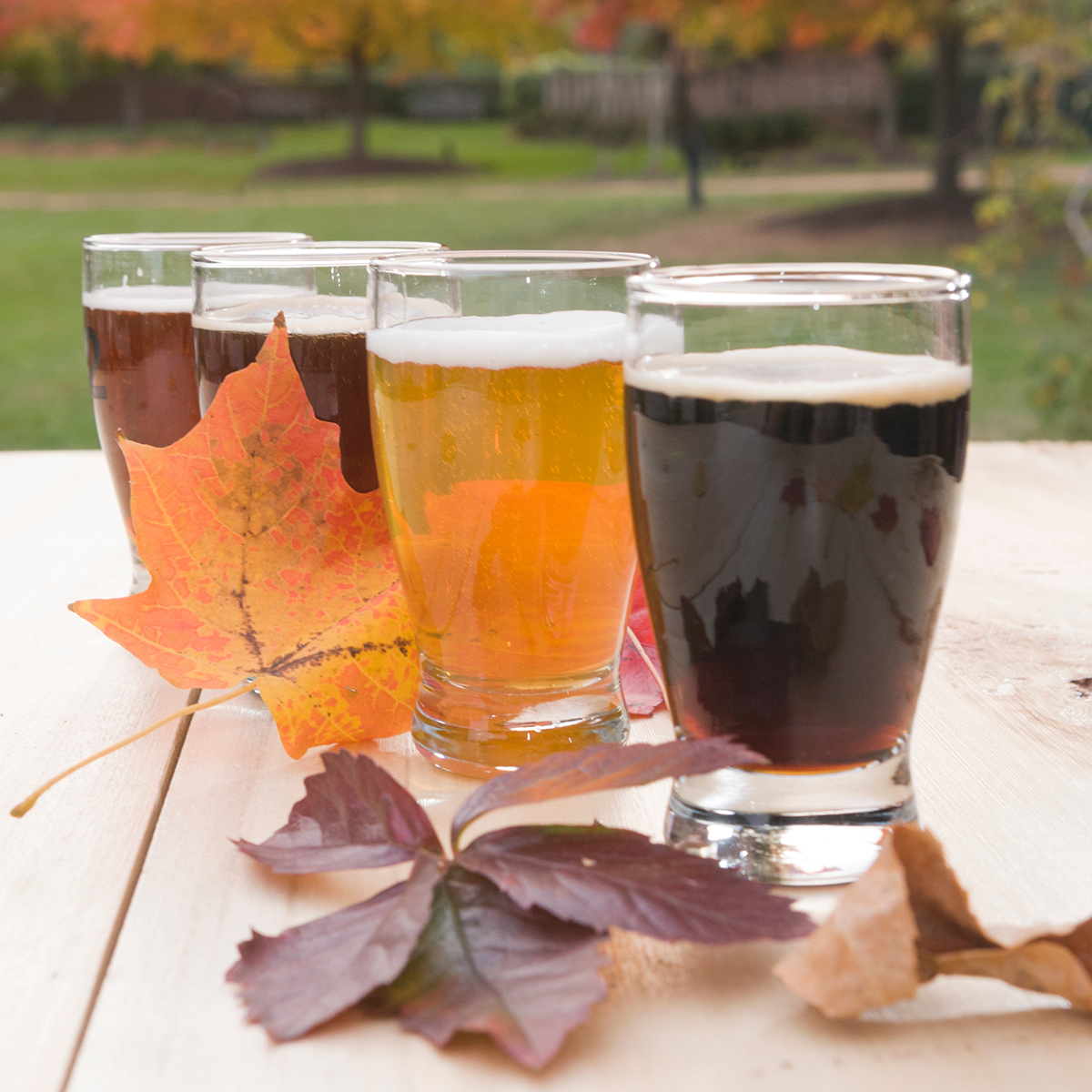
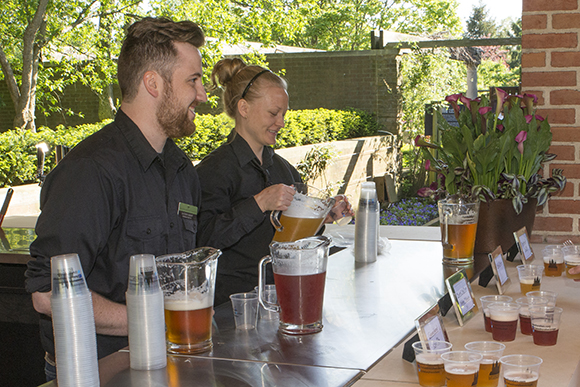
 Turkey chili: A darker beer like 3 Sheeps Brewing Company Cashmere Hammer would work well with a heavy dish like chili. Its creamy flavor and texture has chocolate notes that complement the cinnamon and cardamom spices usually found in chili.
Turkey chili: A darker beer like 3 Sheeps Brewing Company Cashmere Hammer would work well with a heavy dish like chili. Its creamy flavor and texture has chocolate notes that complement the cinnamon and cardamom spices usually found in chili. Pumpkin pie: For a rich, dense dessert like pumpkin pie, a lighter beer works best. Goose Island My Shout, an Australian sparkling ale, is a limited-edition release that has hints of stone fruit, making it a good choice for pumpkin pie. If you want to go overboard with the same flavors, go for a pumpkin ale.
Pumpkin pie: For a rich, dense dessert like pumpkin pie, a lighter beer works best. Goose Island My Shout, an Australian sparkling ale, is a limited-edition release that has hints of stone fruit, making it a good choice for pumpkin pie. If you want to go overboard with the same flavors, go for a pumpkin ale. Anti-fall choices: If you want no part of sweater weather and pumpkin spice lattes, grab a SweetWater TripleTail. This IPA is brewed with tropical flavors like passion fruit and papaya, so you can imagine you’re on a beach instead of gearing up for cold weather. Another good option is Upland Brewing Company Petal to the Kettle. Part of the brewery’s Side Trail Series, a limited edition set of experimental brews, this sour has hibiscus and strawberry flavors.
Anti-fall choices: If you want no part of sweater weather and pumpkin spice lattes, grab a SweetWater TripleTail. This IPA is brewed with tropical flavors like passion fruit and papaya, so you can imagine you’re on a beach instead of gearing up for cold weather. Another good option is Upland Brewing Company Petal to the Kettle. Part of the brewery’s Side Trail Series, a limited edition set of experimental brews, this sour has hibiscus and strawberry flavors.